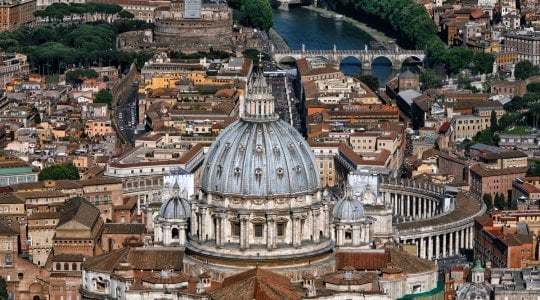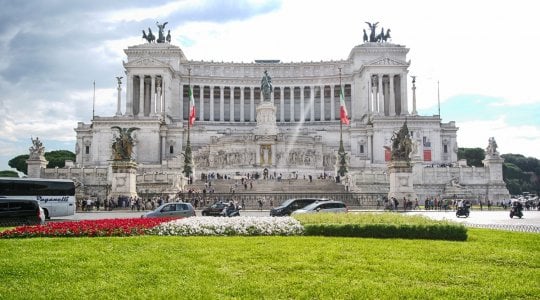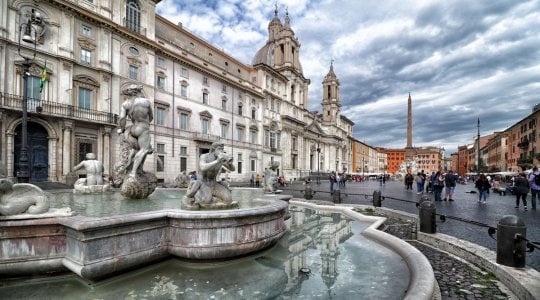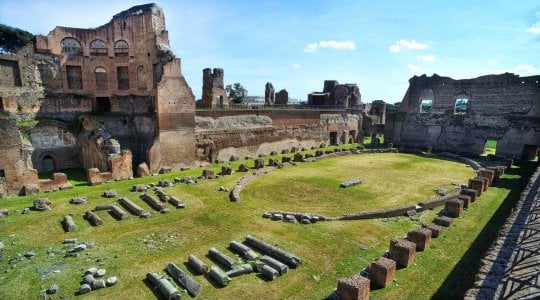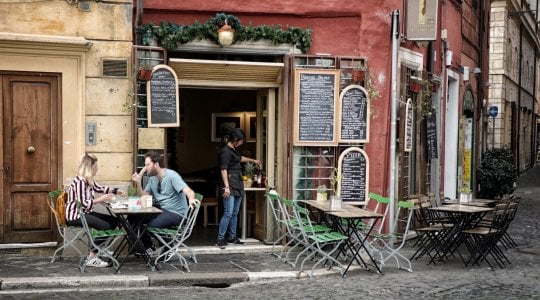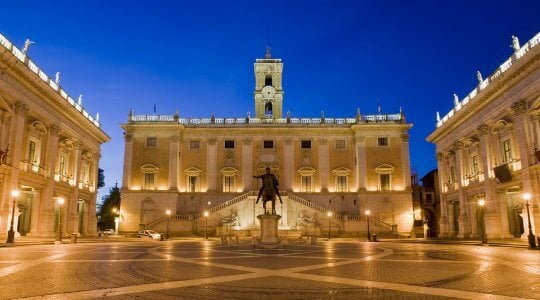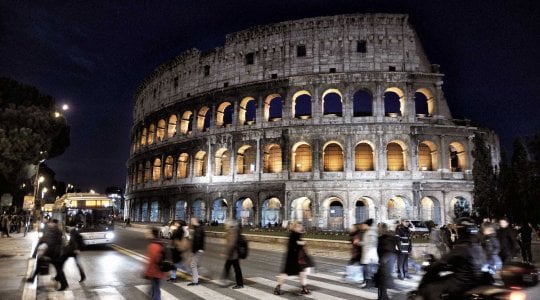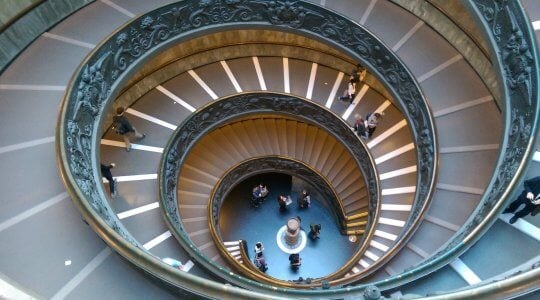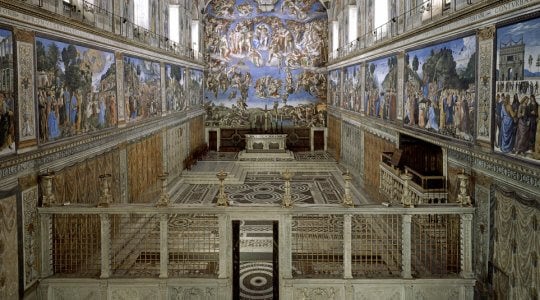Official Reseller Rome and Vatican – Jubilee 2025
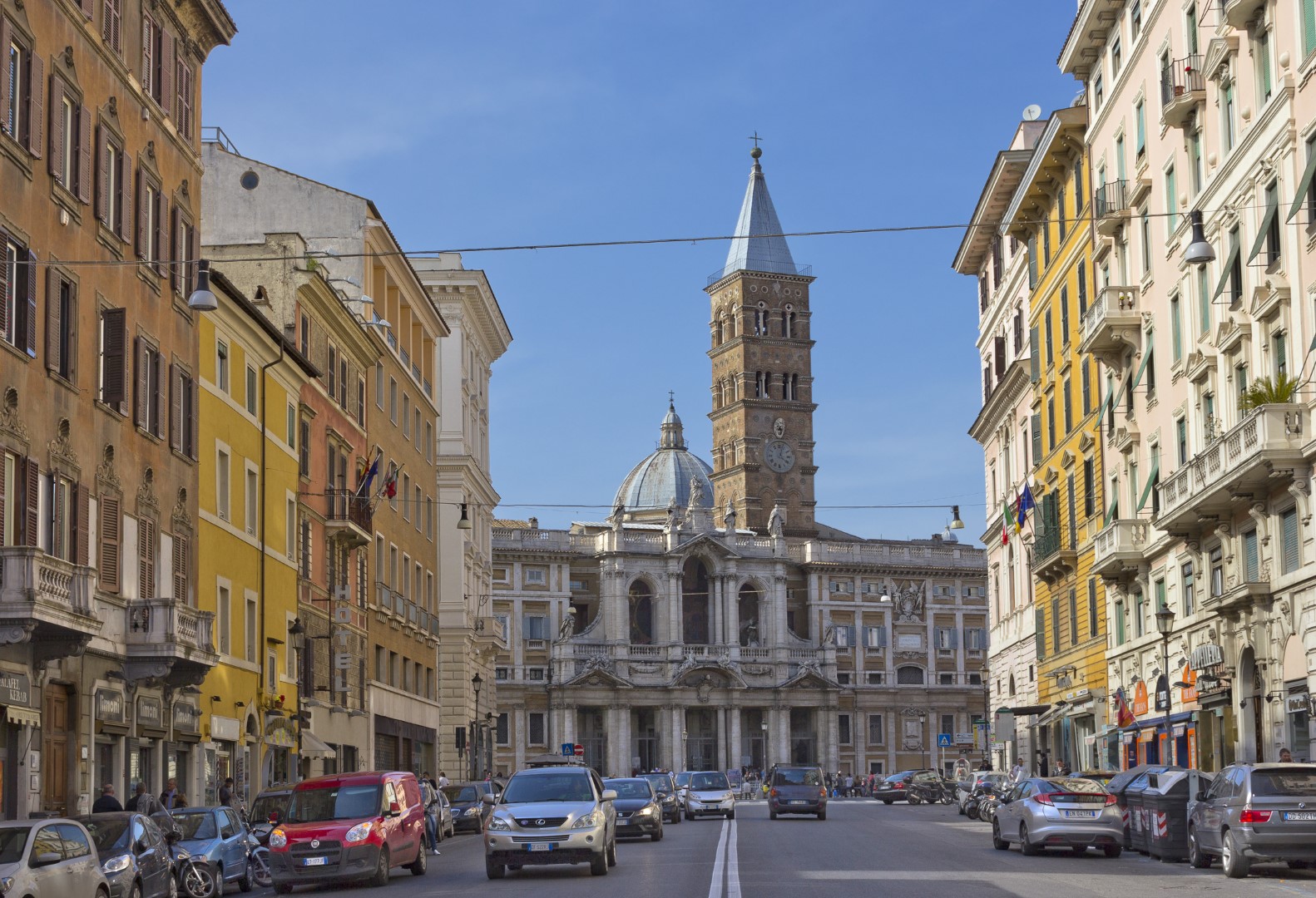
Rome neighborhoods: Esquiline
The Esquiline, while remaining a central zone, extends into the external area of the historic center.
It is bordered by Santa Croce in Gerusalemme, Santa Maria Maggiore, San Giovanni in Laterano and the Aurelian Walls.
The Esquiline neighborhood over time
Its origins are lost in the mists of time as it stands on one of the seven hills of Rome. Despite being inhabited by illustrious personalities such as Cicero, Horace and Maecenas, the Esquiline was a dark and mysterious place until the Middle Ages. After the proclamation of Rome as the capital of Italy, the zone fell prey to a strong urban expansion. The place, consisting of villas and gardens, was ideal for building the future homes of administrative directors and state officials. In these years, what became the symbol of the neighborhood was born: Piazza Vittorio Emanuele II, known simply as Piazza Vittorio. Legend has it that the first times it was called “the Piedmontese” to emphasize the presence of a characteristic element of northern architecture: the porticos. The wild urbanization progressively subtracted the green areas, the famous villas and even the precious settlements dating back to Roman times were sometimes destroyed.
The Esquiline zone today
Today the Esquiline zone is the symbol of multi-ethnic Rome. Over the years it has maintained one of the characteristics that have always belonged to it, namely, to be the crossroads and the meeting point of various ethnic groups. A push in this direction also derives from its proximity to one of the nerve centers of the city, * Termini Station *. The strong point of the neighborhood, which houses the two metro lines and many buses that connect the various areas, allows you to reach not only Italian and foreign cities, but also the Castelli Romani or Fiumicino, the airport’s headquarters. By taking advantage of city transport you can also get to very famous places like the Vatican or the Colosseum.
The area is also full of students away from home, who take advantage of Esquiline’s proximity to the main communication routes.
The Roman likes to define the zone as the area where “all of Rome passes through”. A popular folklore that emphasizes the comings and goings that have always characterized the imposing streets of the neighborhood. A little curiosity: in the streets of the neighborhood it is easy to meet well-known faces from the cinema and the Italian cultural scene who have chosen to live in the area. A testimony of how this neighborhood has maintained an aura of irresistible charm over the years, being lively and well connected with the other areas of Rome.
Where to go in the Esquiline
Visiting the Esquiline zone is the ideal choice for those who want to live with their eyes on the world and get to know the city from this point of view, because it is perfect for observing and savoring cosmopolitan atmospheres.
It is located outside the classic tourist routes of Rome but a quick glance is enough to be submerged by some of the most important symbols of the city. In the eastern area of the Esquiline rises the church of Santa Croce in Gerusalemme, where the finger of St. Thomas is kept, while on the opposite side stands the monumental and superb Basilica of Santa Maria Maggiore, one of the most important Roman churches.
As mentioned, here cultural exchange is in continuous ferment. Crossroads of a myriad of ethnic shops, it finds its symbol in the Piazza Vittorio market, today moved from the square of the same name to the premises of the former Sani barracks. The area is full of cafes and restaurants, and is well served by supermarkets, pharmacies and small boutiques where you can find everything.
For people who love discovering Rome on foot, the neighborhood is a stone’s throw away from Neighborhood Monti and some traces of Ancient Imperial Rome.
